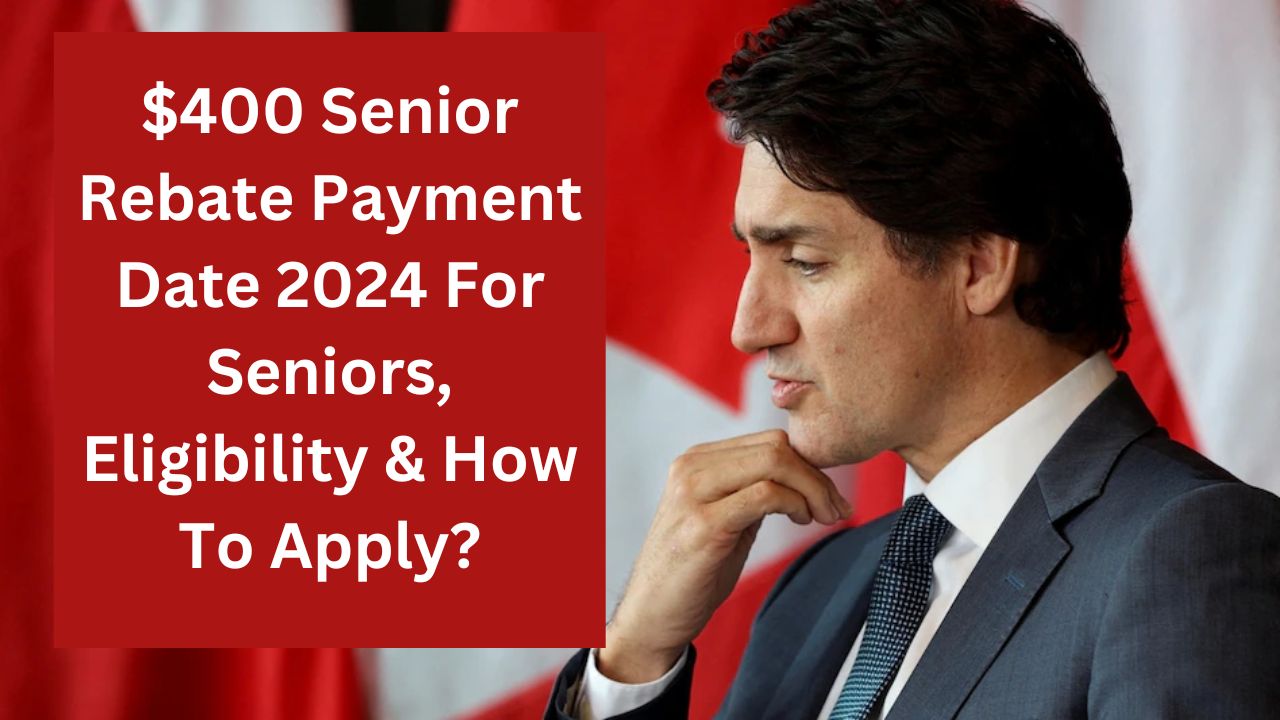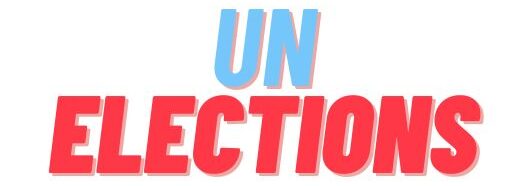For millions of seniors across the United States, a little extra financial relief will be arriving in 2024 in the form of $400 rebate payments from the federal government. This one-time direct payment, approved by Congress as part of last year’s Inflation Relief Act, is aimed at helping older Americans on fixed incomes cope with the higher costs they have been facing.
As the senior population continues to grow and many retirees struggle with rising expenses that outpace their income, this $400 rebate payment could make a meaningful difference. While not a permanent solution, it provides a temporary boost to supplement Social Security benefits, retirement savings, and other sources of income for those age 65 and up.
$400 Senior Rebate Payment 2024 Eligibility Requirements
To qualify for the full $400 rebate payment, you must meet the following criteria:
• You were age 65 or older as of December 31, 2023
• Your total income for the 2023 tax year was below $75,000 for single filers or $150,000 for joint filers
The rebate phases out at a rate of $28 for every $1,000 of income above those thresholds. So seniors with higher incomes may receive a partial payment or no payment at all depending on their 2023 income level.
The income determination will be based on the Adjusted Gross Income (AGI) reported on your 2023 federal tax return that you file in early 2024. The Internal Revenue Service (IRS) will use the information from those returns to verify eligibility and calculate the appropriate rebate amount for each qualifying senior.
$2,300 Social Security Checks 2024 for Seniors: Know Eligibility and Payment Dates
No Additional Paperwork Needed
One major benefit of this rebate program is that seniors will not need to take any extra steps or fill out additional paperwork to receive their payments. As long as you file your 2023 tax return, the IRS will have the information they need to determine eligibility and issue the payments automatically.

This streamlined process should help ensure that seniors do not inadvertently miss out on funds they are entitled to. Dealing with complicated forms and applications can be a barrier, especially for older individuals with mobility issues, cognitive impairments, or limited technology access.
For those receiving Social Security, the $400 rebate will likely arrive the same way their monthly benefit payment does – either via direct deposit to a bank account or as a paper check in the mail. The IRS is coordinating with the Social Security Administration to facilitate getting the rebate funds into seniors’ hands smoothly.
$400 Senior Rebate Payment Date 2024
While the Inflation Relief Act providing these senior rebates was signed into law in late 2023, actually issuing all the payments is a massive logistical undertaking. According to the latest guidance from the Treasury Department, the target is for rebate payments to begin going out sometime in the August to September timeframe of 2024.
The specific dates will depend on a few factors, including how quickly the IRS can process all of 2023’s tax returns, verify eligibility for tens of millions of seniors, and coordinate the payments with other agencies like Social Security.
Rebate payments could potentially be staggered over several weeks or months based on recipients’ birthdates or by the alphabetical order of their last names. However, the goal is for all qualifying seniors to receive their full rebate amount before the end of the third quarter of 2024.
$1,255 Social Security Checks 2024 (April): Check Who Is Eligible & Payment Deposit Date
Impact on Seniors
An extra $400 payment may not seem like a huge amount, but it can make a real difference for cash-strapped retirees on limited budgets. The senior population in the U.S. is diverse in terms of financial circumstances, but poverty remains an issue.
According to census data, around 1 in 10 Americans age 65 and older lives below the poverty line. Many more seniors technically above the poverty threshold still face ongoing financial insecurity and struggle to make ends meet.
Fixed sources of retirement income like Social Security benefits and pensions have not kept up with the rising costs of housing, healthcare, utilities, and other essential expenses. For the many seniors who
have not accumulated significant retirement savings, stretching a fixed monthly budget gets harder every year.
The $400 rebate can help cover a rent or mortgage payment, pay for prescription drugs or medical bills, cover utility costs, purchase groceries, or meet any other critical expenses. While a one-time payment cannot solve systemic problems like lack of affordable housing and high healthcare costs, it provides some temporary relief for those dealing with these financial pressures.
Calls for Broader Relief
Though generally welcomed, the senior rebate payments have also renewed calls from advocacy groups and some lawmakers for more substantial, ongoing financial support for older Americans.
Many argue that a single $400 payment, while helpful in the short-term, does not go far enough to address the increasing economic insecurity faced by millions of seniors. They would like to see measures like an ongoing monthly benefit increase for Social Security, expansion of Medicare benefits, tax relief, and more affordable housing options.
However, any more ambitious proposals would require approval from Congress and additional government spending at a time when concerns over the national debt remain prevalent. So for now, the $400 senior rebate payments will have to serve as a stopgap measure until more comprehensive policies can be enacted.
The 2024 rebates are estimated to cost around $40 billion and will be funded by a tax on oil and gas company profits that was part of the Inflation Relief Act. Whether this type of one-off rebate program will be renewed in future years remains to be seen.
Opposition and Concerns
While generally popular, the senior rebate payments have faced some opposition as well, including from fiscal hawks worried about the costs and from those who feel the eligibility requirements are too narrow.
Some argue that tying the rebate eligibility solely to age is arbitrary and fails to account for living expenses, health status, and other circumstances that impact financial need for all demographics, not just seniors.
There are also concerns from critics about potential fraud risks and ensuring the IRS has adequate resources and protocols in place to validate eligibility and disburse such a large volume of payments properly.
However, most experts expect the senior rebate program to proceed relatively smoothly, providing welcome financial support for millions of struggling older Americans in the coming months. As costs continue rising and economic uncertainty remains, these $400 payments should give a temporary boost for retirees on fixed incomes.
